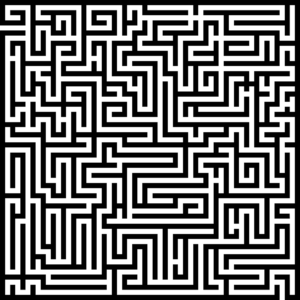Evaluation and “feedback”
Getting “feedback” from learners (as part of evaluating our practice) is often embarked on as an afterthought. It can be difficult, particularly when starting out, to know what to ask and how. Beyond seeking feedback from learners, there are several other ways of gaining an understanding of what “went well” or we might “do differently”.
Take a moment to think about the different ways we might understand how a teaching session went. Do you have anyone you can discuss this with?
What’s the plan?
Before embarking on teaching we make a plan and part of the plan is knowing what we want our learners to learn.
We should also consider how this learning will impact them and their future activities.
Why do we want feedback and to evaluate our teaching? consider everyone you might want to share what you learn with.
You have probably identified by now that there are multiple reasons why we might evaluate our teaching and a variety of audiences for this information. To gain the broadest understanding of how to develop we might use a variety of tools with a range of people.
know the “who, what, when, where, why” of your evaluation plan
The Who
- Don’t forget yourself!: understanding how to develop your session(s)
- your learner(s): did they learn what you wanted them to? how? do you need to adapt or change the session? Did they change as a result of your learning, did they do anything differently?
- A supervisor or lead team: do they want to know if the project is successful, do you want to secure future support?
- A wider audience? don’t forget about the potential to share your project more widely. Can others learn from what you’ve learnt?

Asking the right questions
Language is key
Whether you decide on peer observation, learner surveys, informal or formal interviews or any other method what questions you ask is vital.
Refer back to the who, what, when, where, how. Evaluating learning part 2 considers the practical aspect of construction.
A matter of philosophy
How we choose to measure teaching and learning is possibly one of the most important decisions we will make.
Many healthcare teachers starting out will approach evaluation of their teaching with their scientific hat on. They would feel most comfortable to measure everyone on a scale and then conduct some statistical analysis. This is based on the idea that there is one “truth” to be discovered and that we will gain the most from being objective. This is often referred to as a “positivist” approach.
Now consider a teaching session. Will everyone experience it the same way? Will it have the same outcomes and effects on one learner as another? Do you want it to?




